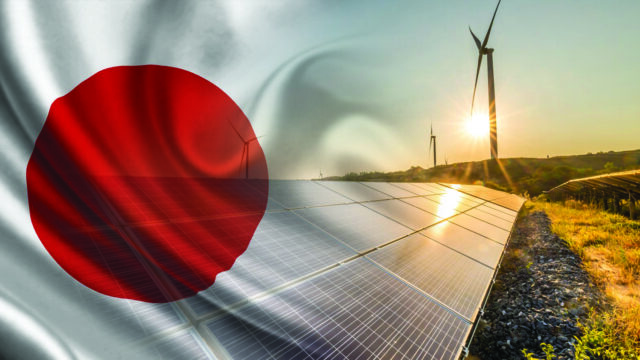December 28, 2020: Japan adopted a “green growth strategy” last week aiming to go carbon free by 2050. The country aims to generate nearly $2 trillion a year in green growth by 2050.
The strategy aims to boost renewable energy and urges the auto industry to go green by 2030. It outlines 14 industries with a roadmap including offshore wind, fuel ammonia industry, and utilisation of hydrogen as an energy source. Furthermore, it targets the installation of up to 45 gigawatts (GW) of offshore wind power by 2040.
The strategy also relies on electric vehicles including hybrid and fuel-cell vehicles to replace new gasoline-powered vehicles by the mid-2030s. To encourage the shift from gasoline to electric vehicles, the government aims to slash the cost of electric vehicle batteries by more than half to 10,000 yen or less per kilowatt hour by 2030.
Renewable energy will play a key role in Japan’s quest for zero carbon footprint. Japan also aims to rely on offshore wind farms as renewable energy sources, accounting for 50% to 60% of the nation’s power by 2050. Currently, Japan relies heavily on nuclear power.
The Japanese government will offer tax incentives and other financial support to companies, targeting 90 trillion yen a year in additional economic growth through green investment and sales by 2030 and 190 trillion yen by 2050. The government also aims to support the industries with a 2 trillion yen green fund.
In October earlier this year, Prime Minister Yoshihide Suga had pledged to eliminate carbon emissions in Japan on a net basis by mid-century.
In a speech at Diet, Prime Minister Suga had said, “We will establish a stable supply of energy by thoroughly conserving energy and introducing renewable energies to the greatest possible extent, as well as by advancing our nuclear energy policy with the highest priority on safety. We will also drastically change our longstanding policies on coal-fired power generation.”









